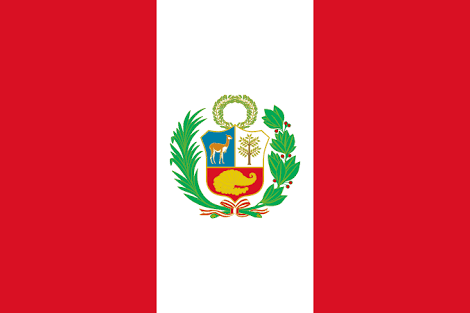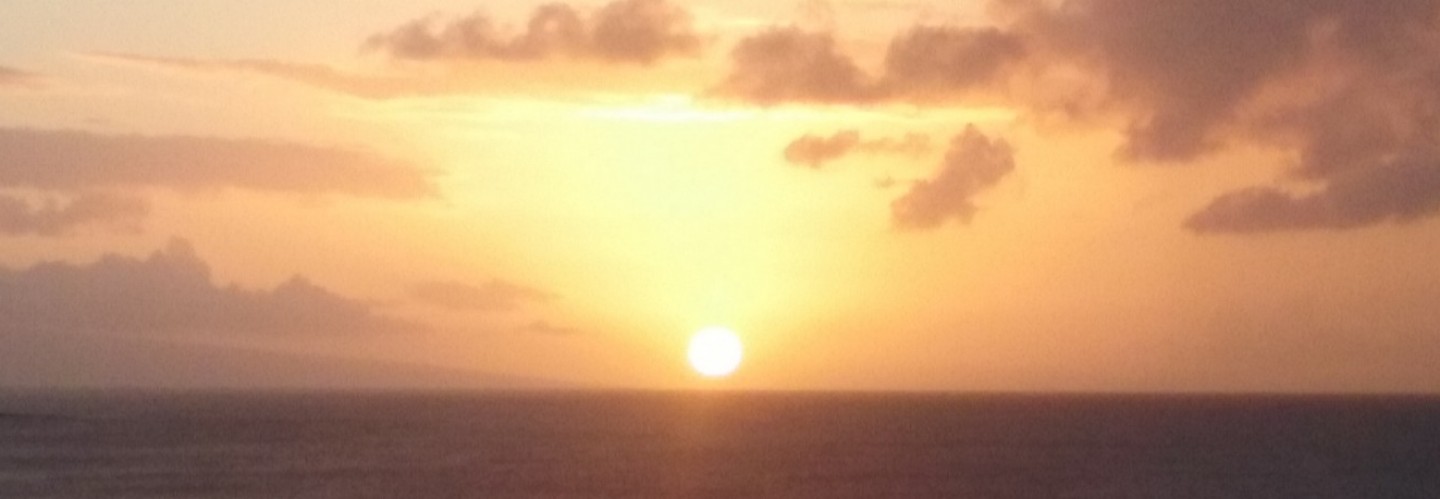
We flew into busy Lima, Peru, early in the morning and quickly learned most of the city was under lock down for the ongoing APEC Leaders’ Summit. The planet’s diplomatic big wigs were in Lima for the week, including President Obama. As a result, many of the streets around our hotel were closed for diplomatic traffic, and many businesses decided to close as well. We still made the most of it and strolled past Lima’s many old churches, The Palaiso de Justice, and enjoyed the distinct flavors of this culinary capital: fresh ceviche, fresh cacao, and fresh coca leaves.
Since much of Lima’s City Centre was closed for business, we caught a flight to the city of Cusco, and began making our way to Machu Picchu. The former capital of the Incan Empire, Cusco is high in the Andes Mountains (just over 11,000 feet), and we could definitely feel the elevation change when ascending the many steps around the city. We hiked to some religious monuments and a fourteenth century walled fortress, Saksaywaman, overlooking Cusco.
Two days later we to took a bus to the last stronghold of the Incan Empire, the small town of Ollayantaytambo (or Ollayanta for short). We hiked around an Incan granary nestled into the cliffside above the city, cruised the narrow cobblestone streets for Alpaca burgers, and early the following morning took the Peru Rail train to Aguas Caliente, the town closest to Machu Picchu.
The final step was a 30 minute bus ride up to Machu Picchu from Aguas Caliente. As amazing as the ruins were, the views from this very remote location were just as impressive. It felt like we were on the top of the world, with towering mountain peaks on all sides of us. Machu Picchu was a massive complex, and almost all of it constructed on an incline. We spent 3 hours walking through it, and probably visited about half of the complex. The other half was either being restored, or was off limits due to erosion. Many structures were only partially completed, and so it seemed to us like the Incans were still building and expanding when they were invaded by the Spanish in the 16th century. It’s incredible to think Westerners have only visited Machu Picchu for the last 100 years (it was “discovered” by Hiram Bingham of England in 1911). Most of the landscaping here was done by hungry llamas, and despite all of the other visiting travelers, it was still incredibly peaceful and serene.



























































